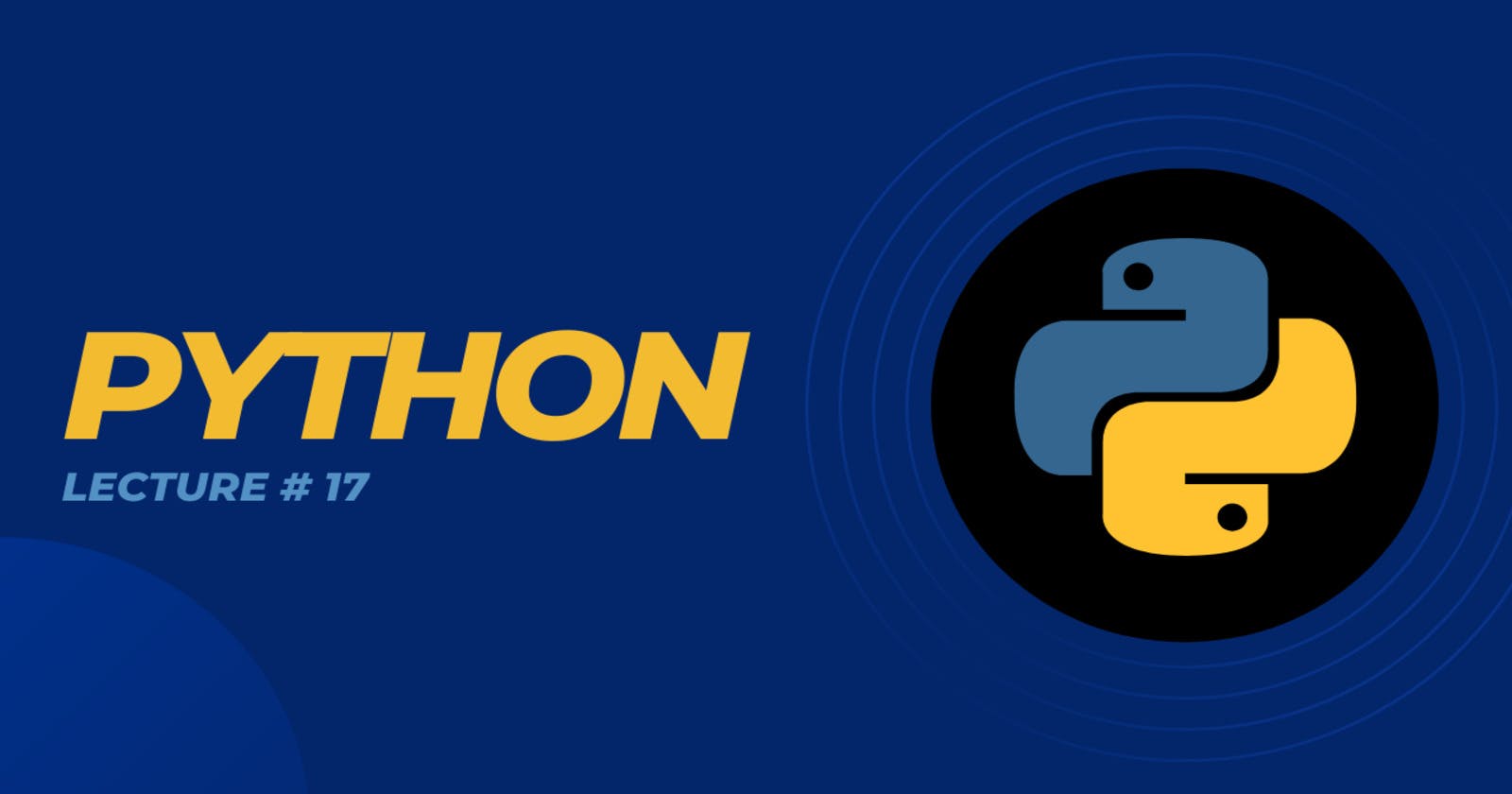Object Oriented Programming:
Object-Oriented Programming (OOP) is a programming paradigm that allows you to structure your code by creating objects that encapsulate data (attributes) and behavior (methods).
Class:
A class is a blueprint for creating objects. It defines the attributes and methods that the objects will have. Classes are defined using the
classkeyword.
Syntax:
class ClassName:
# Class variable
class_variable = value
def __init__(self, parameter1, parameter2, ...):
# Constructor
self.instance_variable1 = parameter1
self.instance_variable2 = parameter2
# Initialize instance variables
def method1(self, parameter1, parameter2, ...):
# Method 1
def method2(self, parameter1, parameter2, ...):
# Method 2
Object:
An object is an instance of a class. It represents a specific instance of the class and has its own unique set of attributes and methods.
Syntax:
object_name = ClassName(arg1, arg2, ...)
Example:
class Person:
#Constructor
def __init__(self, name, age):
self.name = name
self.age = age
#Method
def intro(self):
return f"Hi, my name is {self.name} and I'm {self.age} years old."
#Object
p1 = Person("John", 36)
print("Name:", p1.name)
print("Age:", p1.age)
print(p1.intro())
Output:

